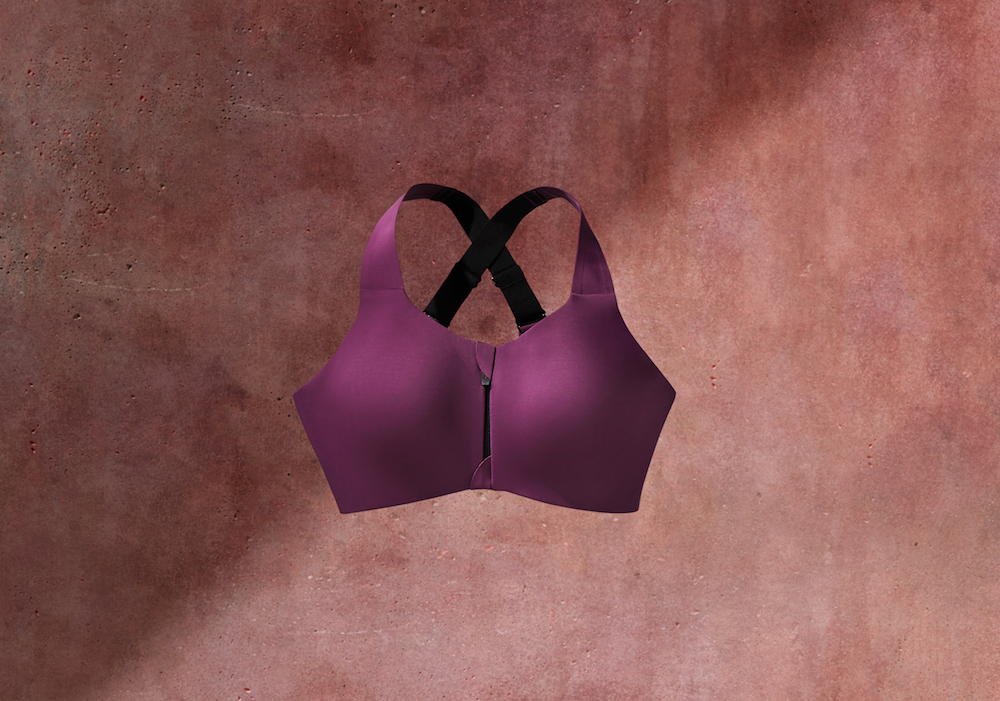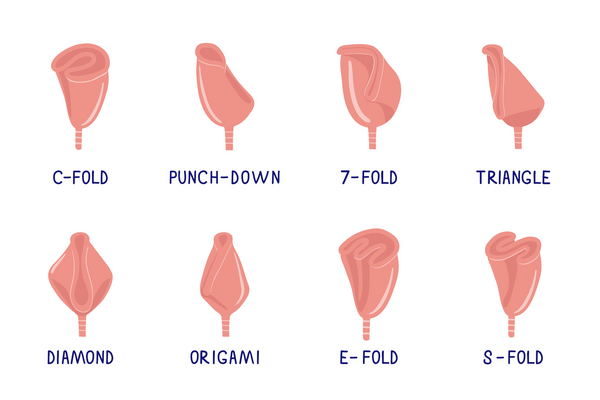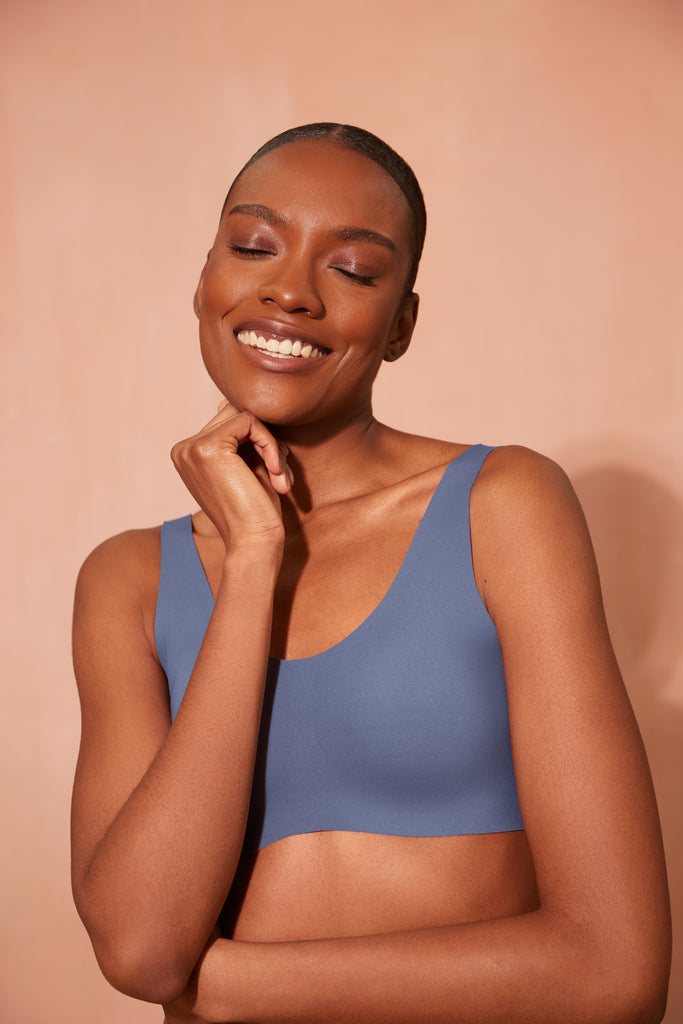The beautiful (yes, beautiful) thing is, every phase serves its distinct purpose. If you’re tech-savvy, you may already be using an app to track exactly where you are in your cycle. Alternately, on any given day, you might have no idea where you are in your hormonal rotation — and that’s okay!
Centuries before smartphones were invented, women across cultures looked to lunar phases to keep up with their cycles — and to harness the divine energy of the natural world. It’s even said that the first calendars were created to chart ovulation and menstruation. Since the lunar cycle lasts just under 30 days — roughly the same as the average hormonal cycle — it’s just another way our bodies are in tune with nature.
These days, there’s renewed interest in aligning our natural rhythms with the lunar calendar. Increasingly, it’s seen as a fun way to honor and reconnect with our bodies. Each lunar phase is imbued with its own symbolisms, which can be handy when it comes to charting your hormonal patterns and knowing when to tap into your body’s creative, healing, and energetic forces.
So, whether you’re looking to chart your ovulation for conception or to tap into the magic of bleeding, we’re breaking down the mystical meaning behind each moon phase. That said, don’t sweat which lunar cycle aligns with your period, rather, look to the bright sphere in the night sky to gain a better understanding of where your body’s at and what it might need.
The New Moon 
The beginning of the lunar cycle — when the moon completely disappears or appears as a small crescent — is a great time to dedicate yourself to your self-care practice. If you typically get your period around this time, your body is aligned with the White Moon cycle.
It also means you’re likely to ovulate around the full moon, which is traditionally associated with fertility and motherhood. If you’re feeling extra tired during this time, it’s a sign to turn inwards for some “you” time. You may also feel that your intuition and creativity is sharpened during this phase — a hint you should tap into those creative juices.
Whether it’s restoration or creation you’re after, listen to your body and carve some space for yourself. Take an extra-long bubble bath, snooze your alarm, and luxuriate in your loungewear all day. And, yes, as far as we’re concerned, gorging on chocolate and Netflix counts as self-care.
Wherever you are in your cycle, the new moon is also the most powerful time to set goals and intentions for the month ahead.
The Waxing Moon
 The waxing moon is the lunar phase any time after the new moon and before the full moon, when the moon’s illuminated area increases day-by-day. If your period typically arrives during the waxing or full moon, you have a Red Moon cycle, which means you ovulate around the new or waning moon.
The waxing moon is the lunar phase any time after the new moon and before the full moon, when the moon’s illuminated area increases day-by-day. If your period typically arrives during the waxing or full moon, you have a Red Moon cycle, which means you ovulate around the new or waning moon.
It can also mean that your menstrual cycle is calling you towards new experiences and discoveries. Wherever you are in your cycle, the waxing moon may inspire creative endeavours, risk-taking, and self-growth. You may want to harness this time to do something unexpected, dive into learning a new skill, or allow yourself to get lost in a book.
Remember those intentions you set during the new moon? You may feel them coming to fruition during this energetic phase. Of course, it all depends how you feel when on your period. Scrolling TikTok under the covers is always an option — adventure can wait!
The Full Moon

When the moon is at its fullest and brightest in the celestial sky, you may feel called outwards. Similar to the waxing moon phase, this is a period of heightened creative energy. If you typically bleed during the full moon phase, you’re also considered to have a Red Moon cycle.
Your urge to nurture and nourish others may be amplified during this phase. If you find yourself invigorated during the full moon, it could be a great time to do something collective, like attend a community event, rally, or sign a petition for a cause you believe in. Here, creative energies are reaching their peak, so put them to good use.
Those who have their period with the full moon have long been thought to have healing talents and creative energies that are best expressed outwards. But regardless of where you are in your cycle, check-in with your body — there’s no pressure to lean into the vibrant essence of this phase.
The Waning Moon
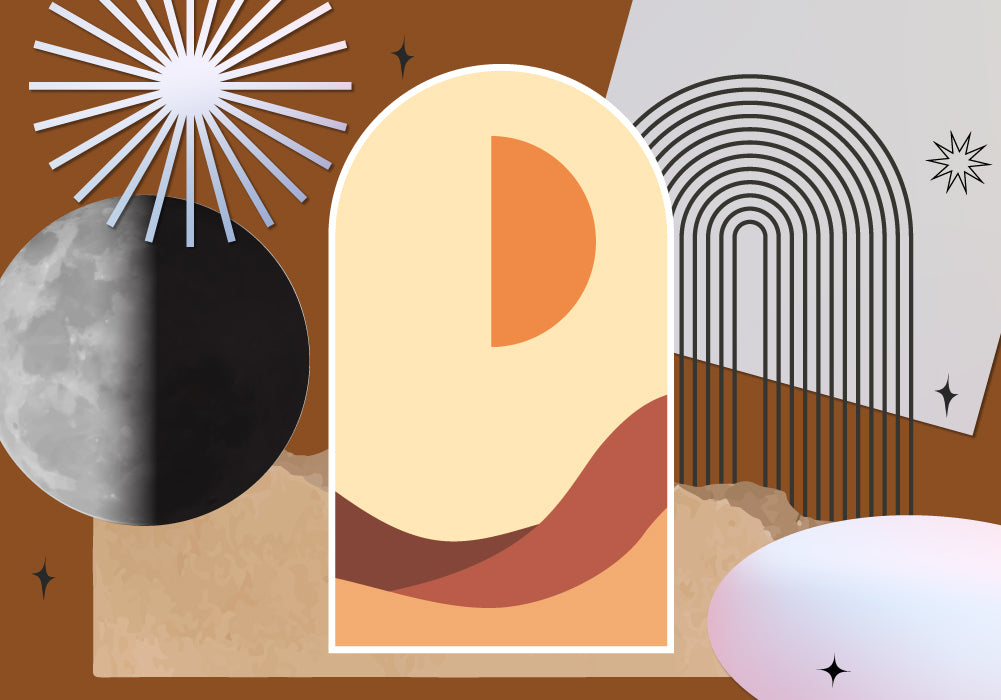
If the full moon symbolizes intensity, then the waning moon represents release. In the phase between the full and new moon, when the moon is dwindling, you may feel the need to let go of things that are no longer serving you — including your uterine lining, among other things.
Those who are visited by their periods during this phase may feel especially receptive to the energy of those around them and to feedback from the universe. Use that openness to your advantage as an opportunity to gain clarity on your goals and intentions.
The full moon may have been charged and eventful, now it’s time to process and ground yourself. Consider turning to your journal or recharging your batteries with a mani-pedi — your body is miraculous and you deserve it.
—
We hope you found this post informative — but remember: we’re not doctors and this post is not medical advice! While all posts are fact-checked and well researched, we always recommend you chat with your doctor about any questions or concerns you might have regarding a medical condition. We’re here to support and educate, but never with the aim of disregarding professional medical advice you’ve been given. Phew, now that that’s out of the way, you can go on living unapologetically free.
]]>
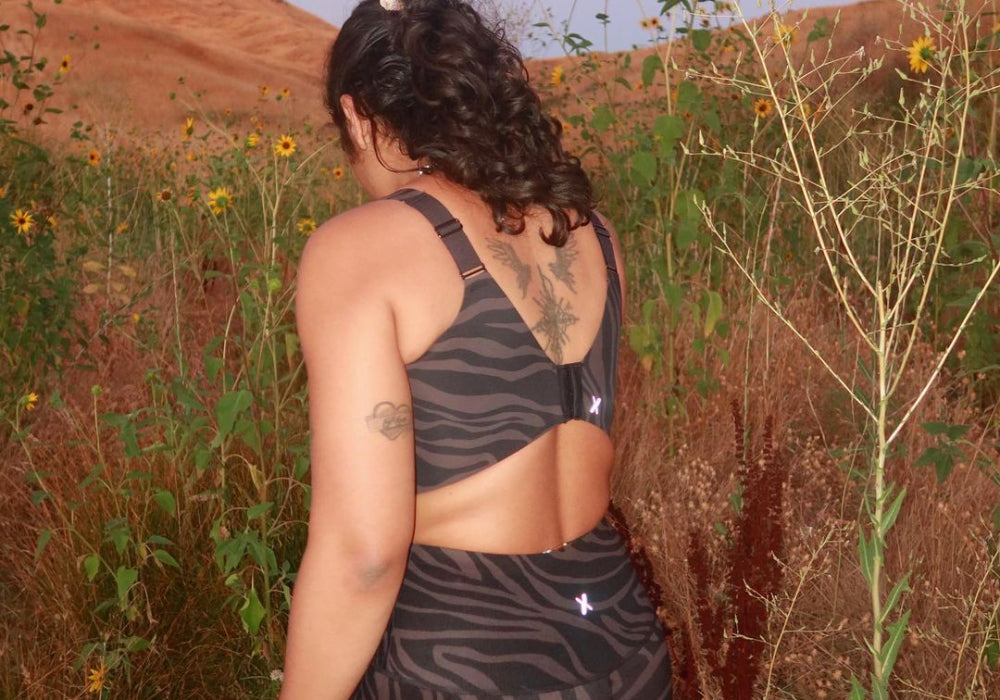
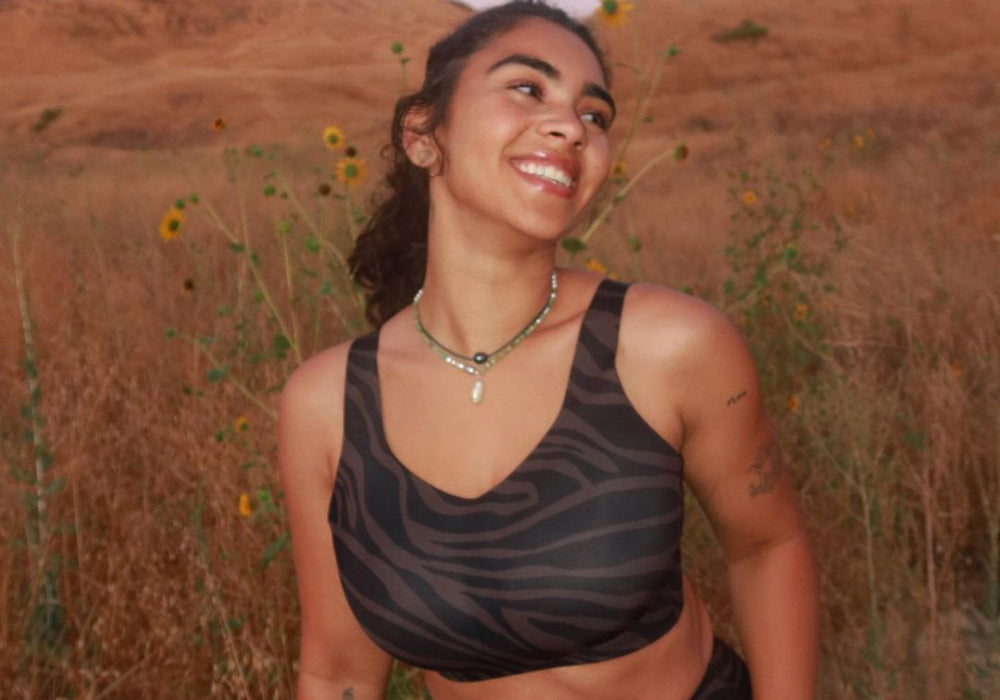
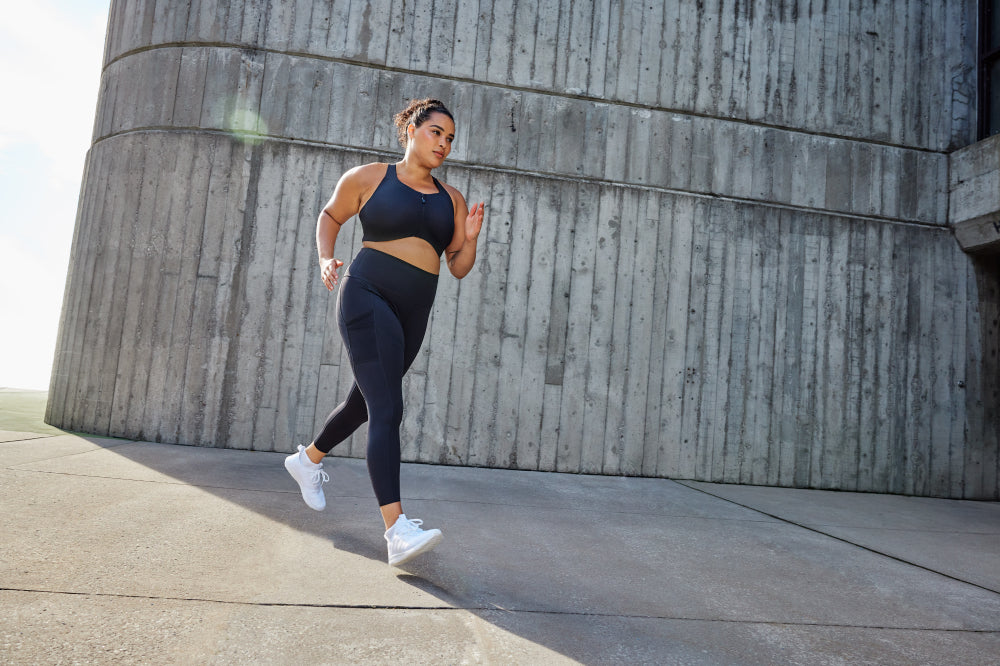
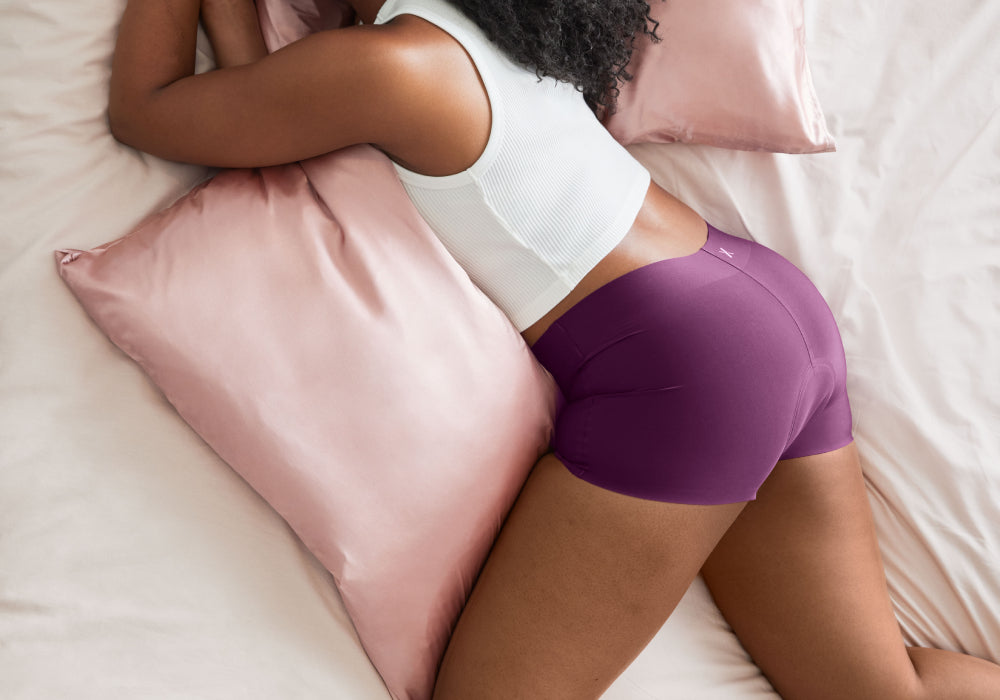
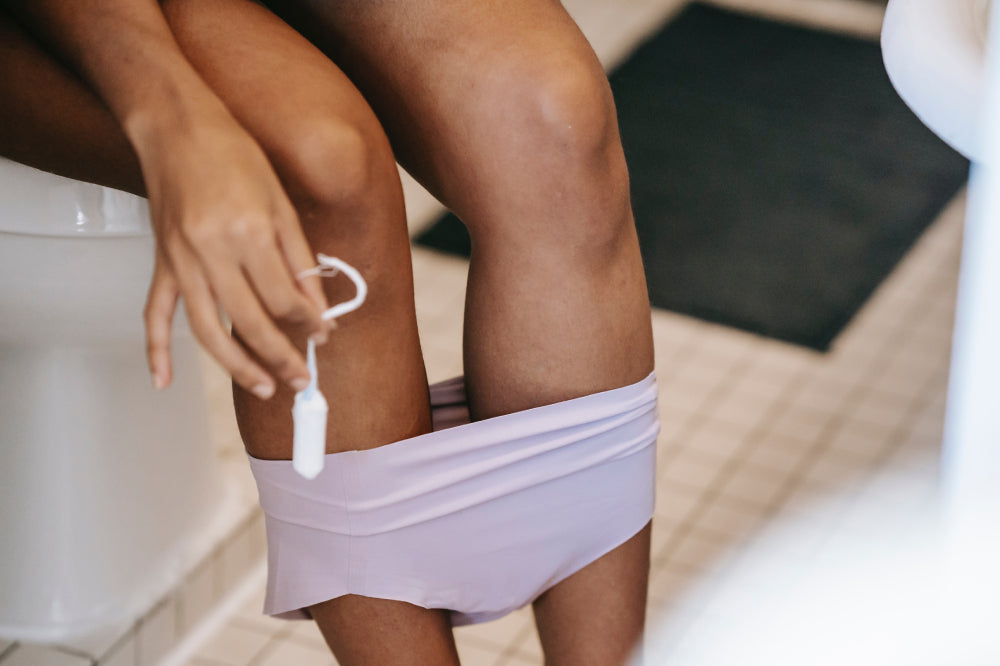


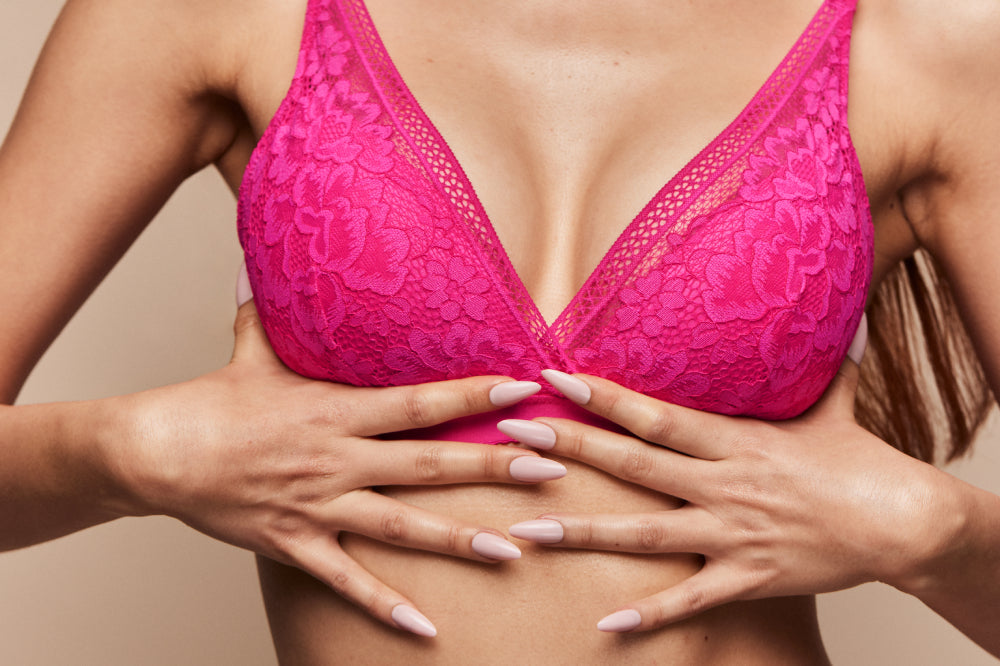
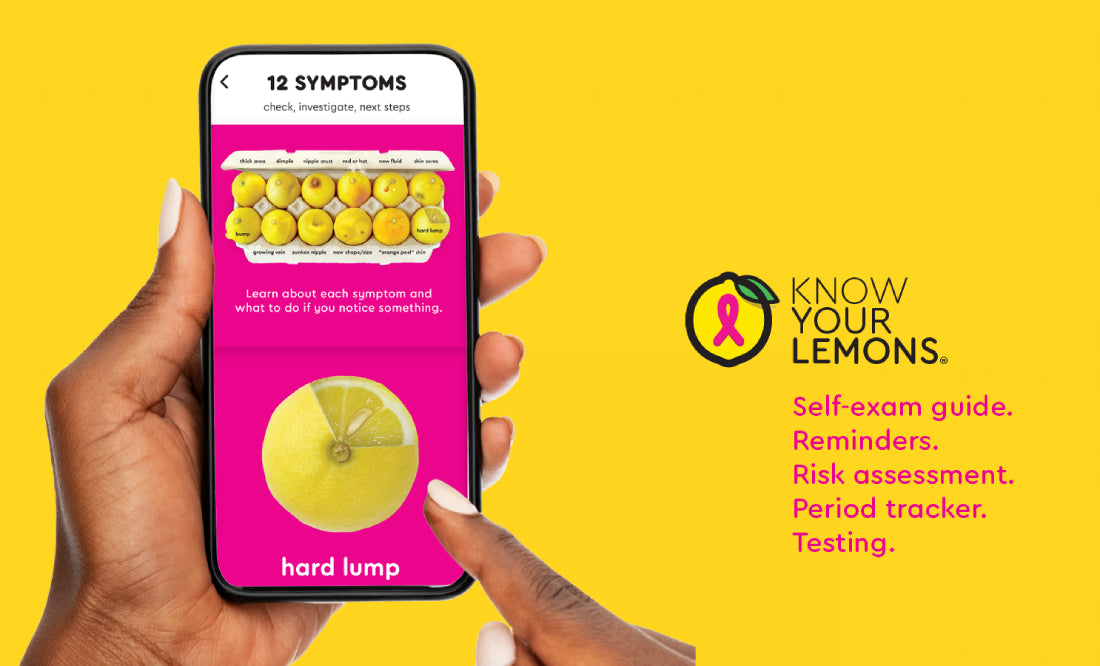


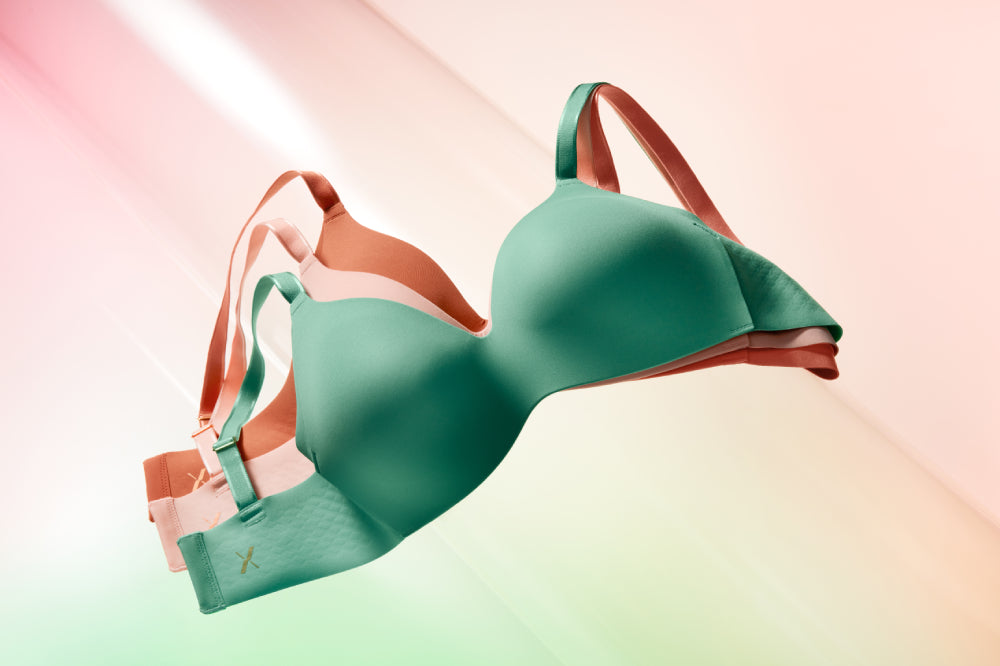
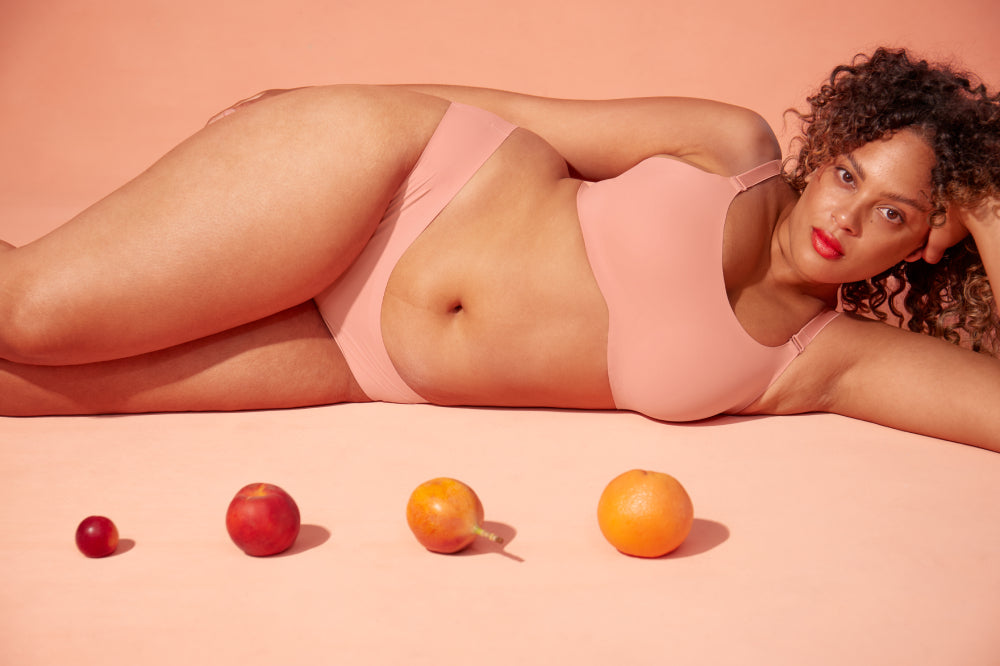

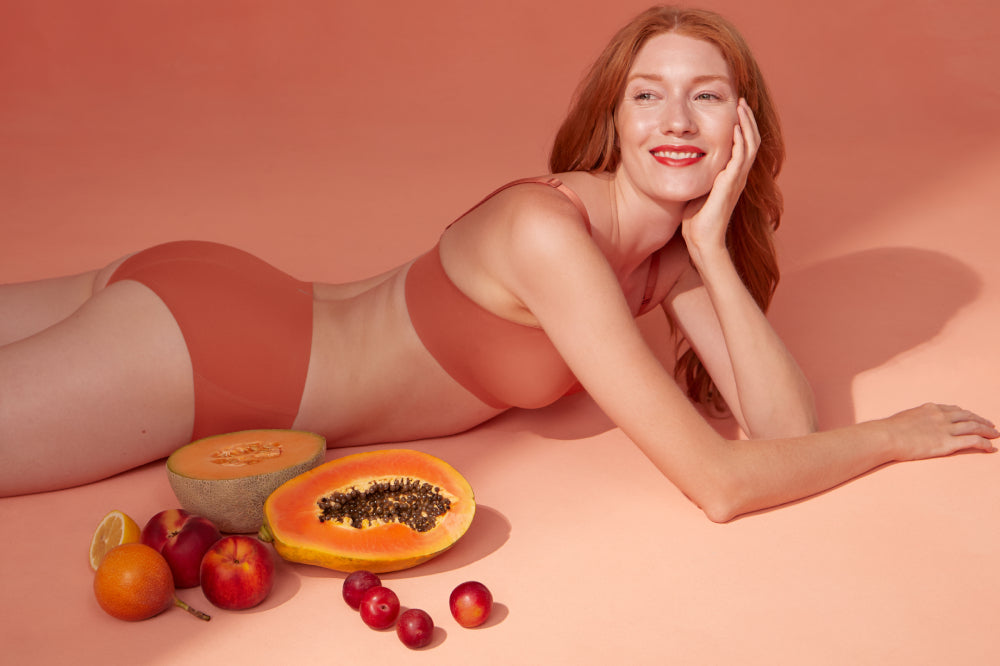
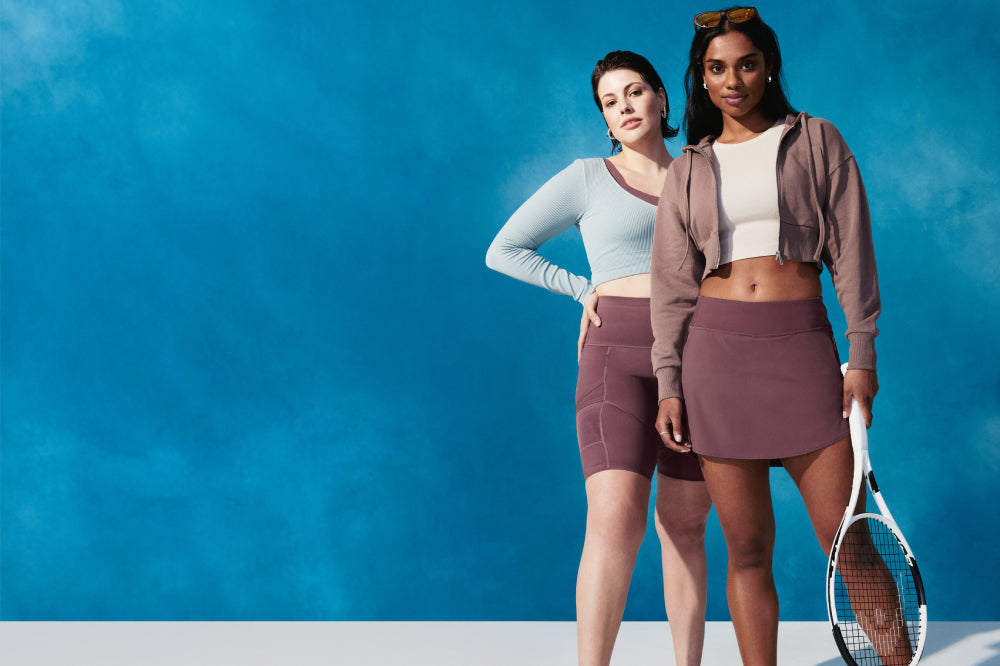
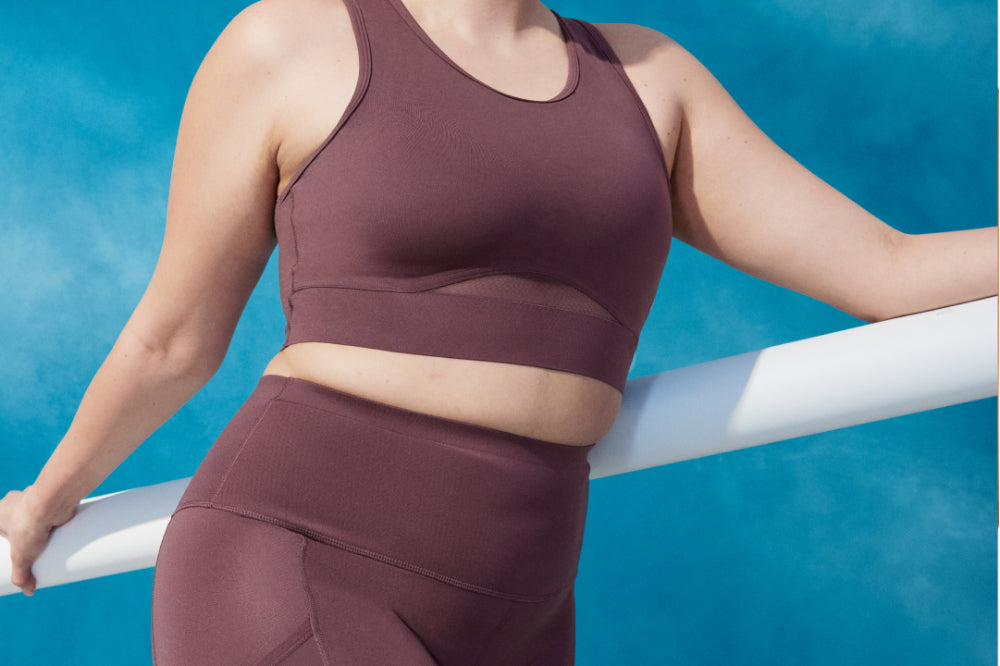

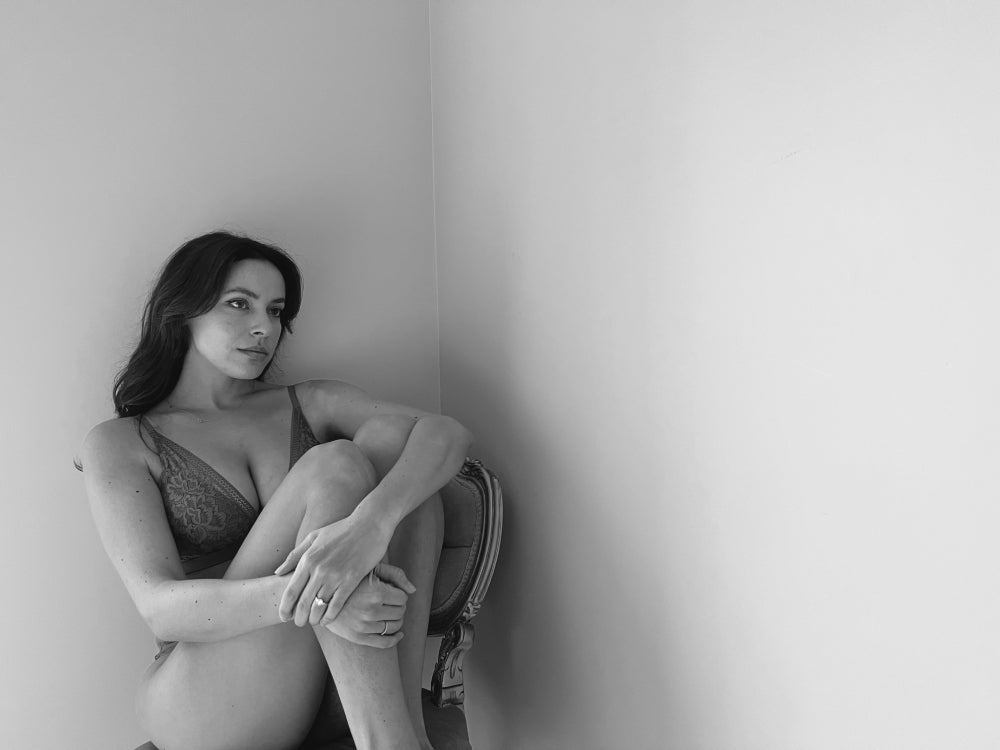
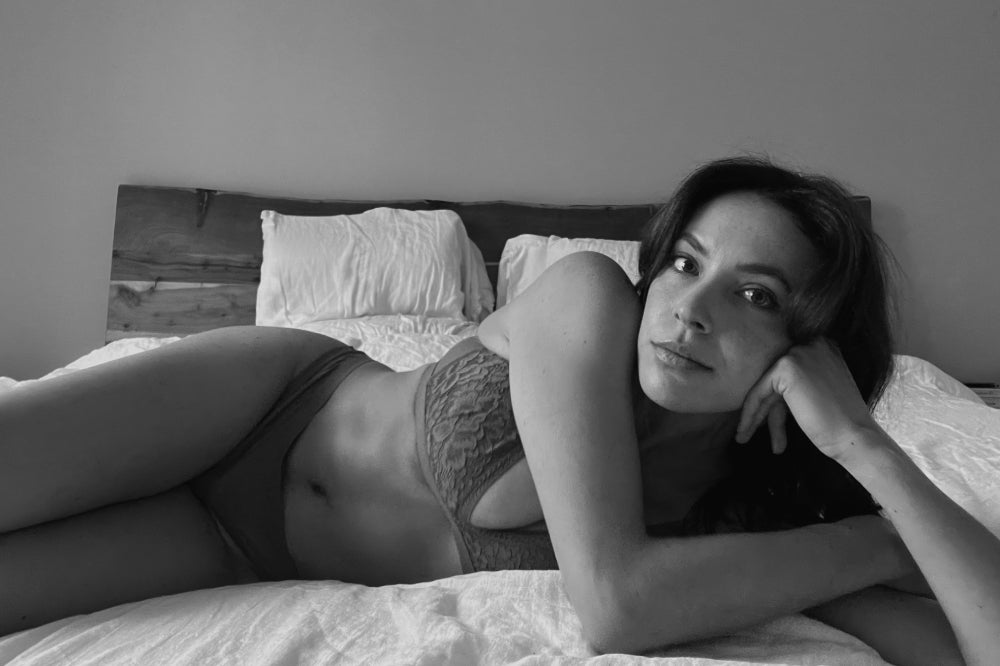

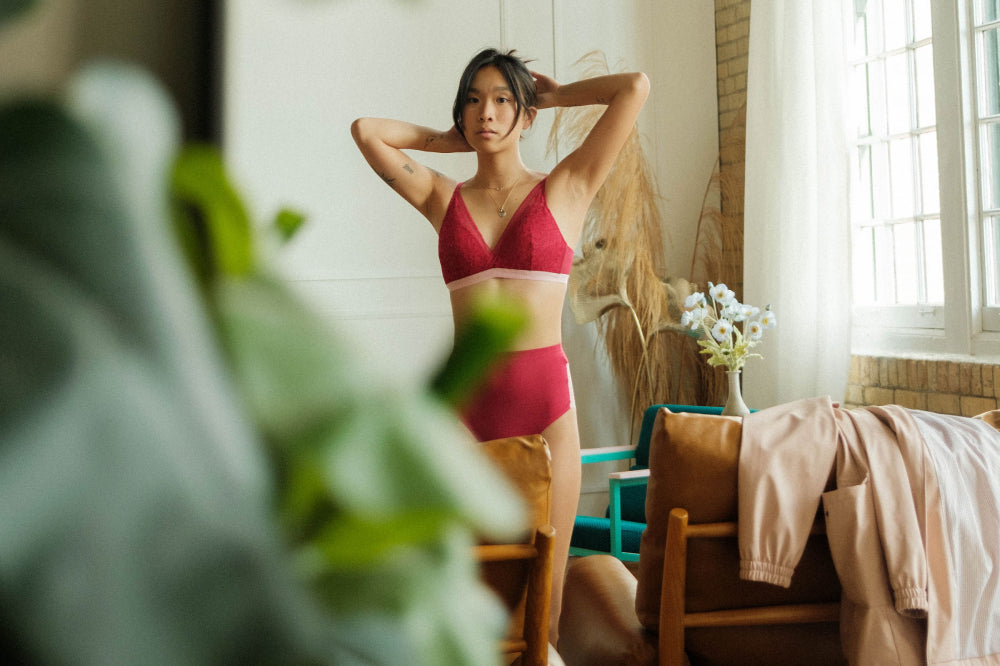
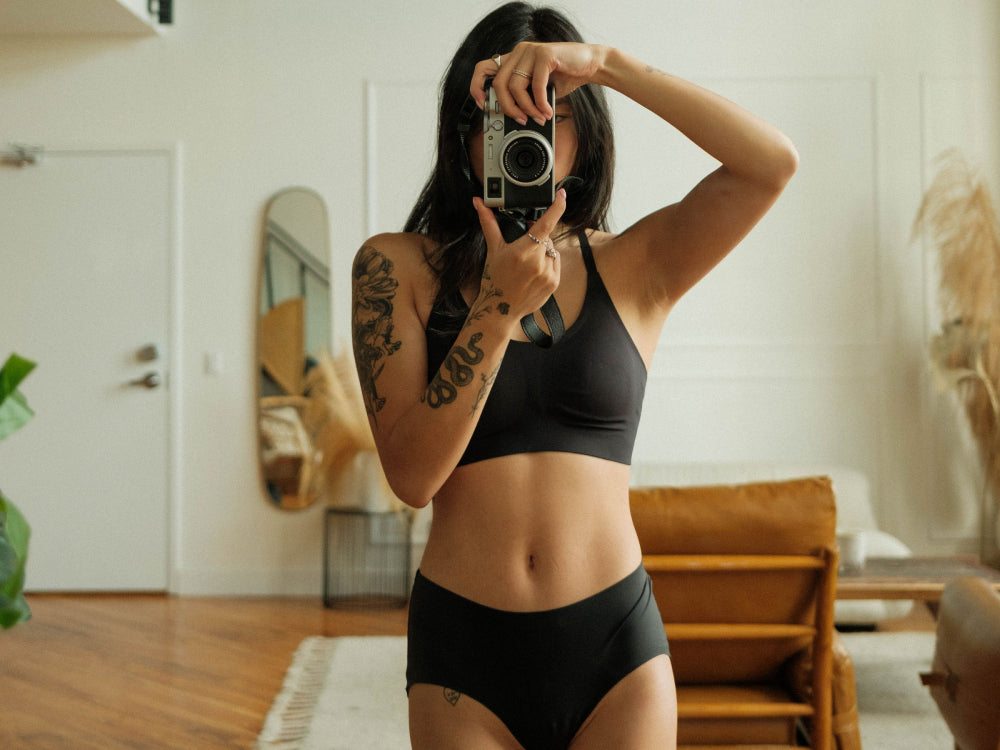
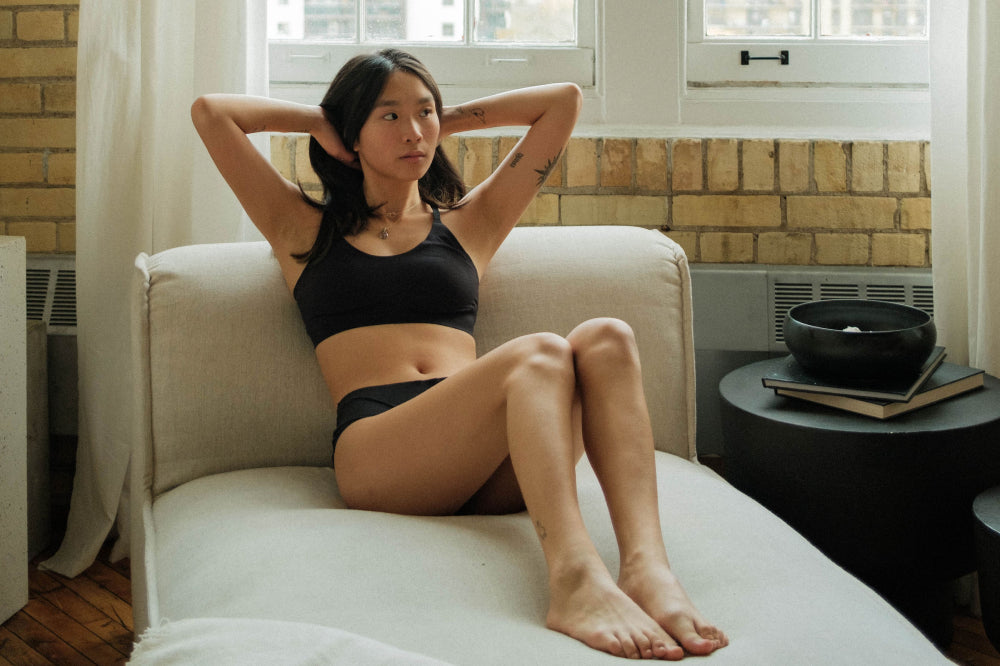
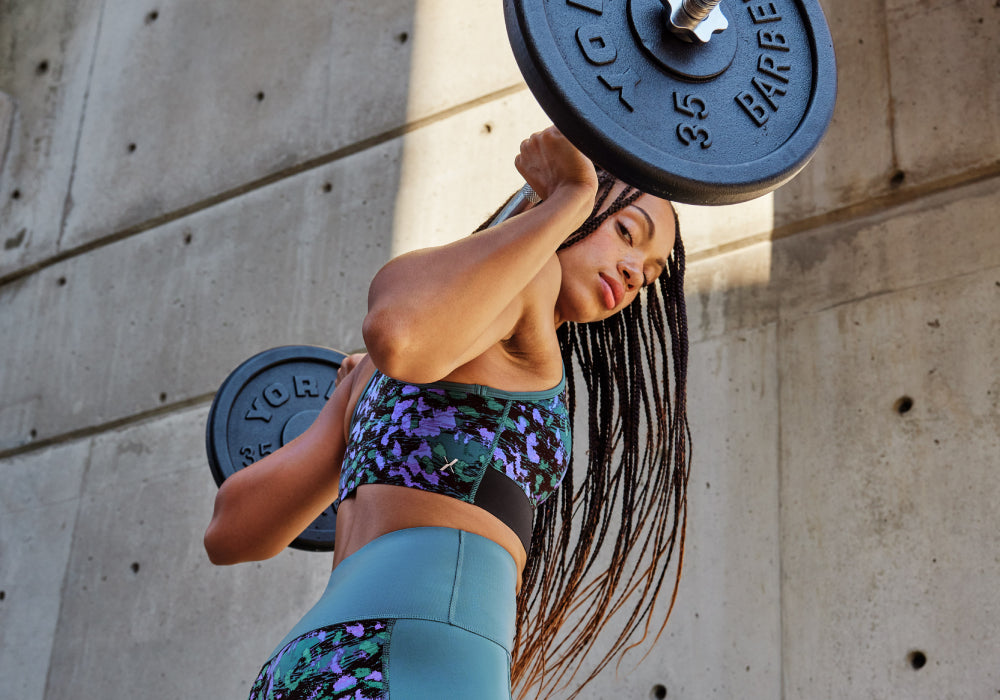
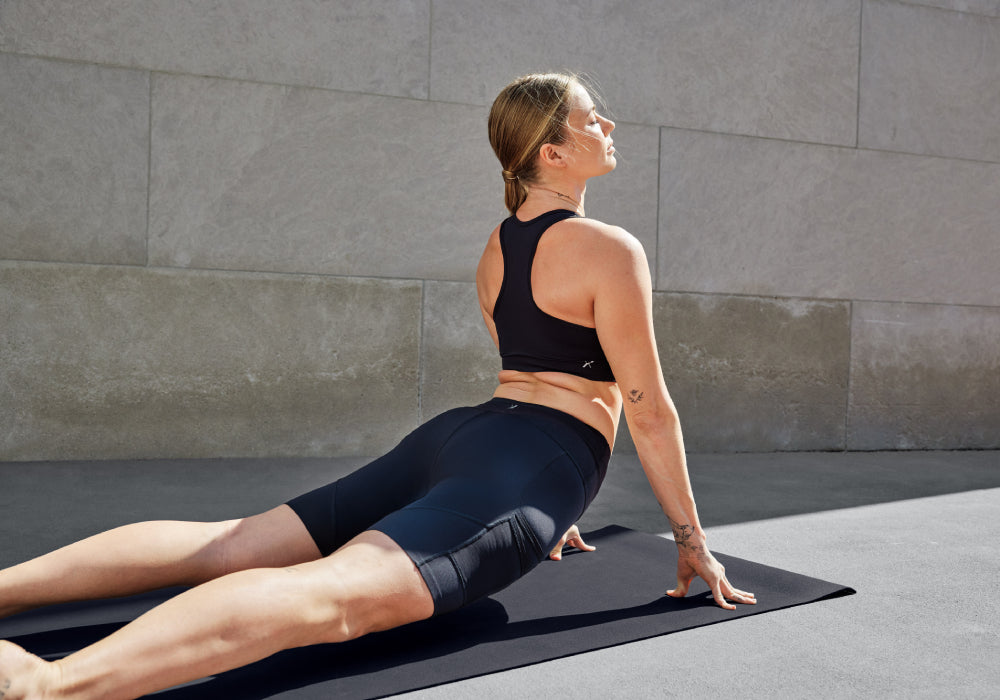
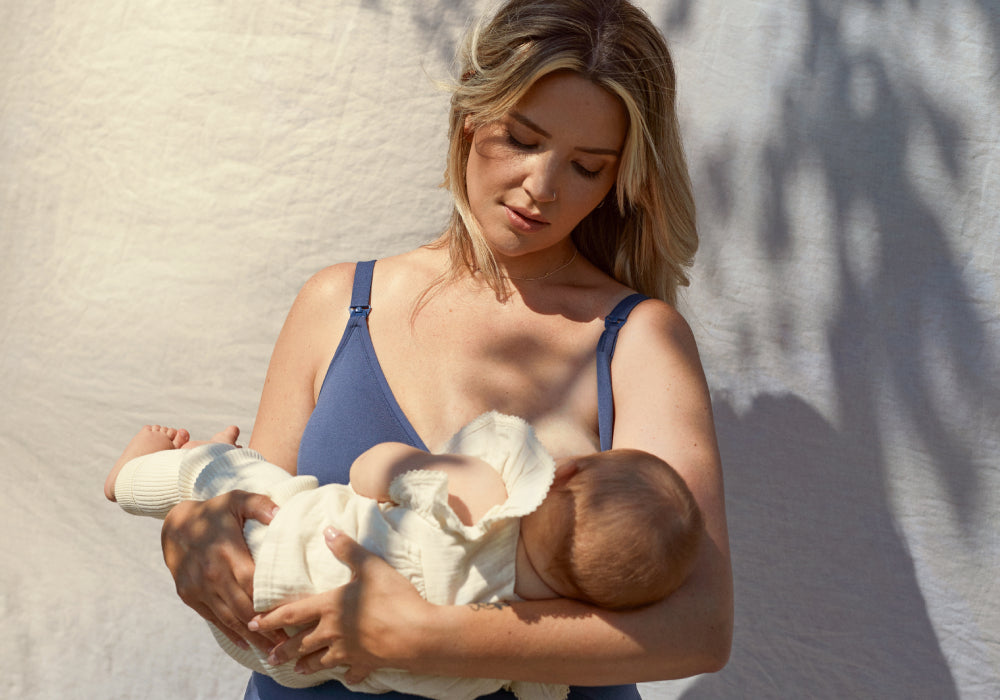
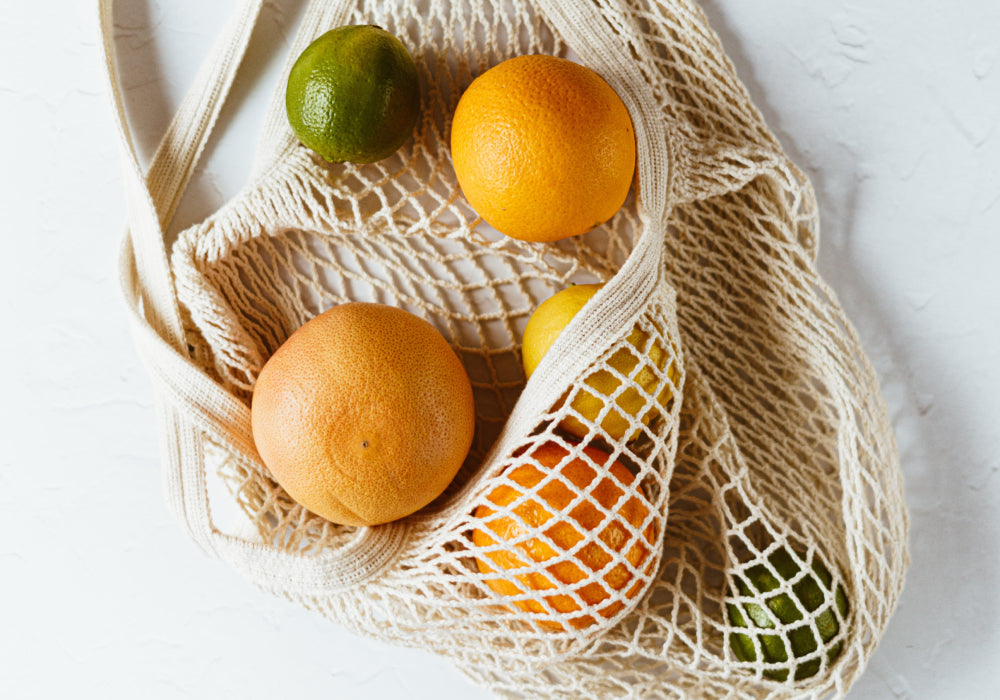
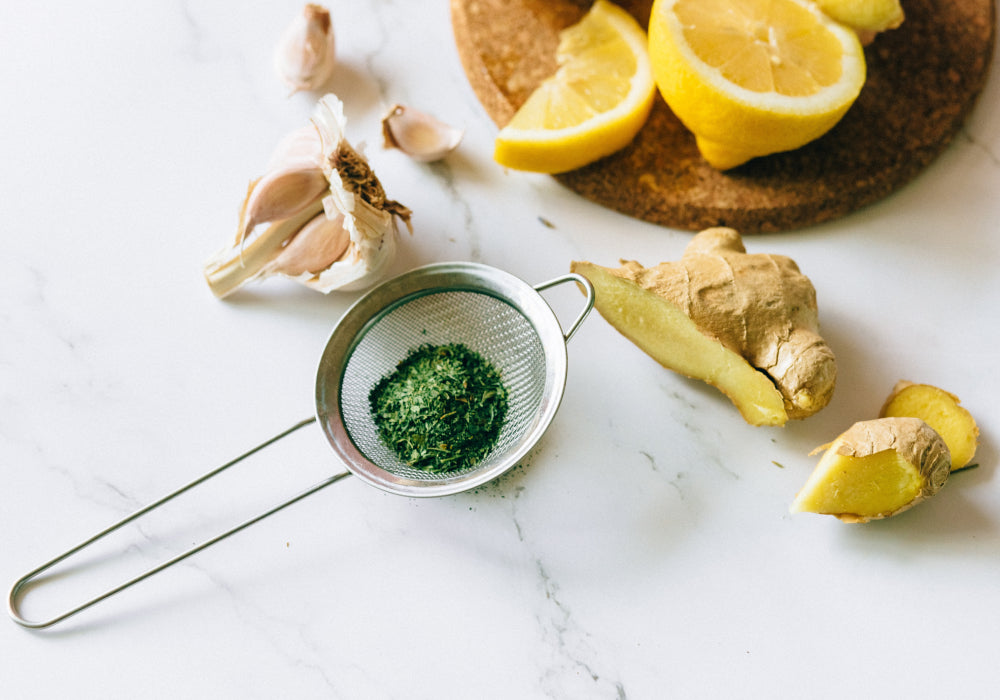




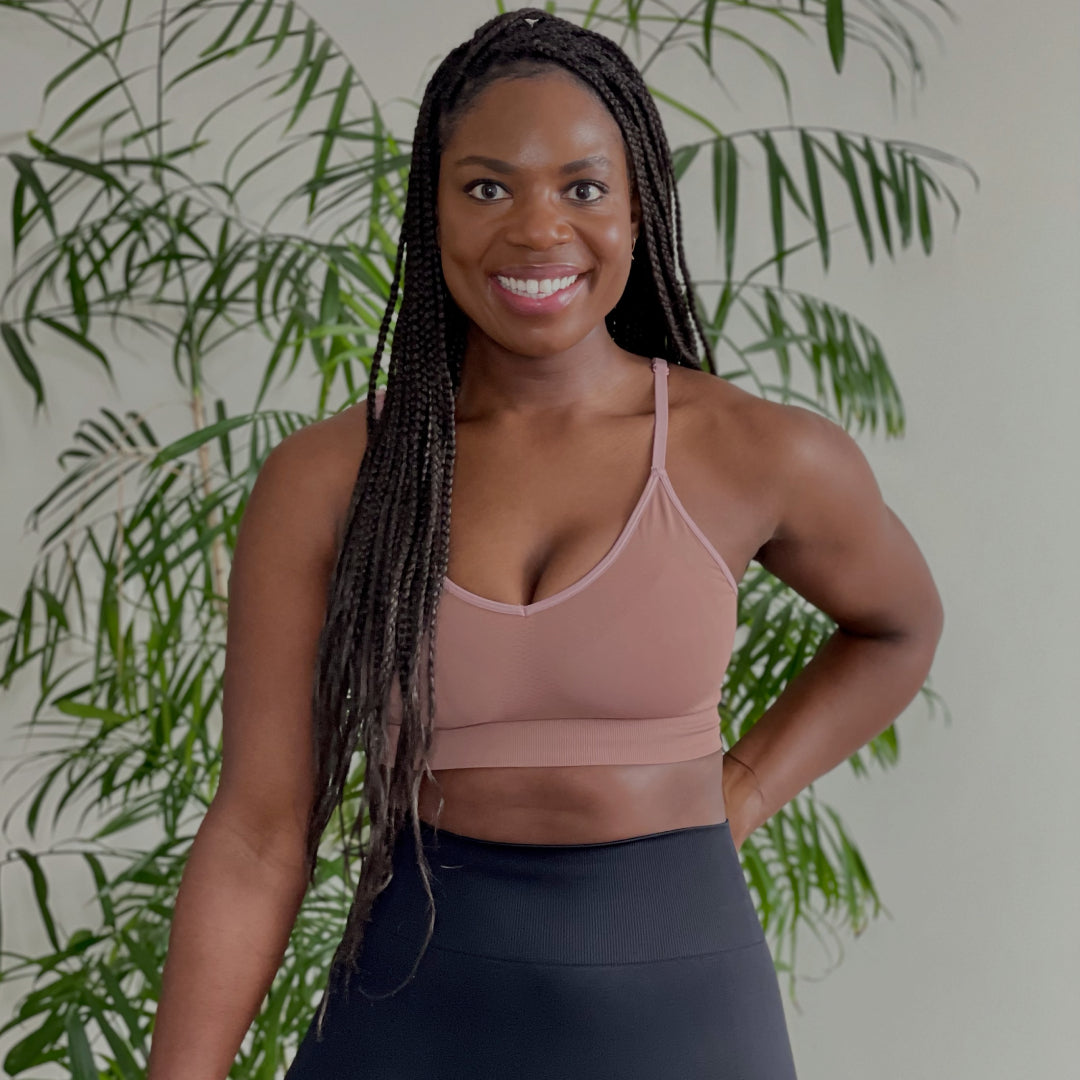

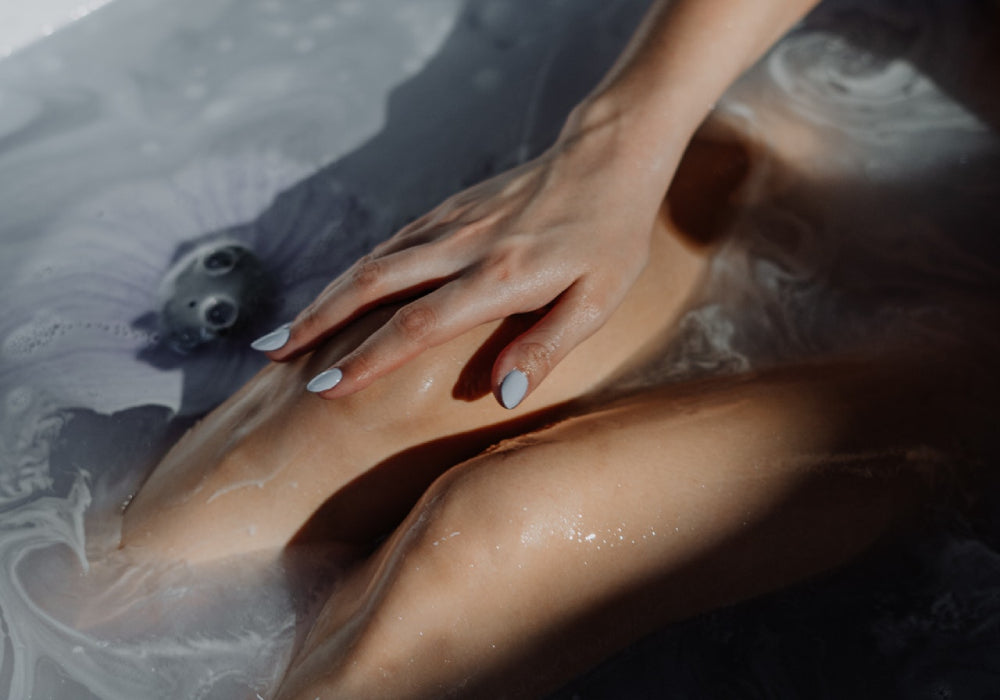


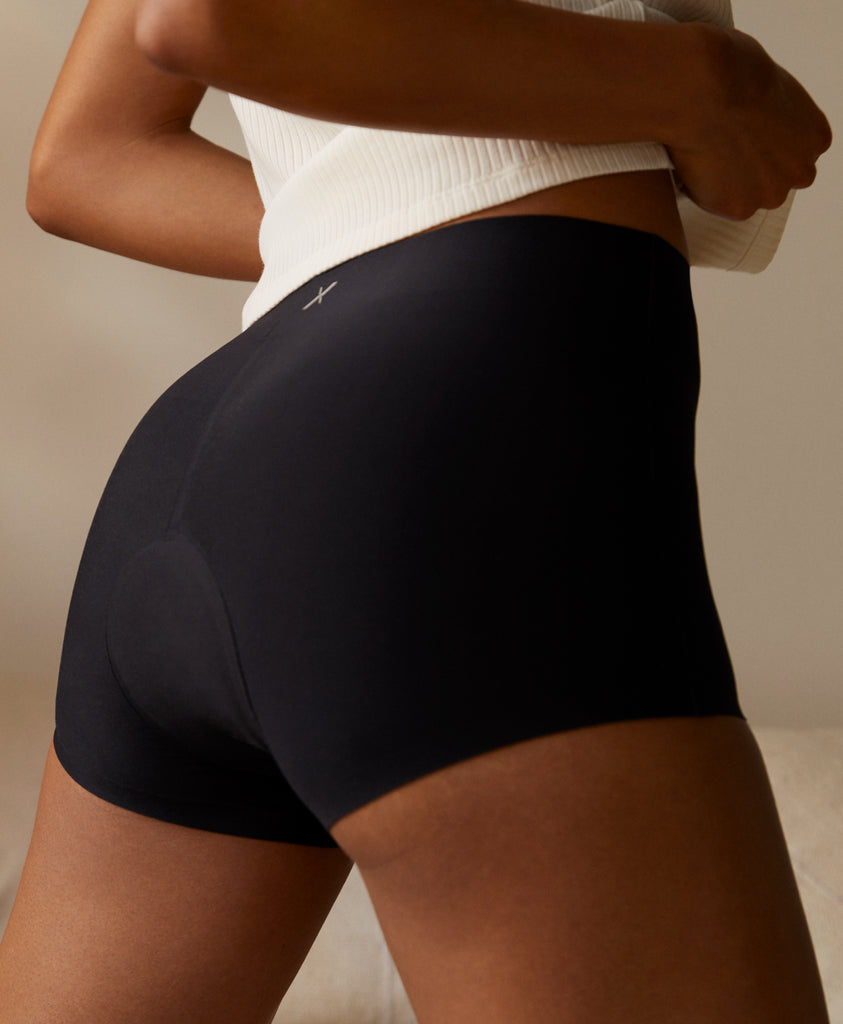





 Brynta in the
Brynta in the 






